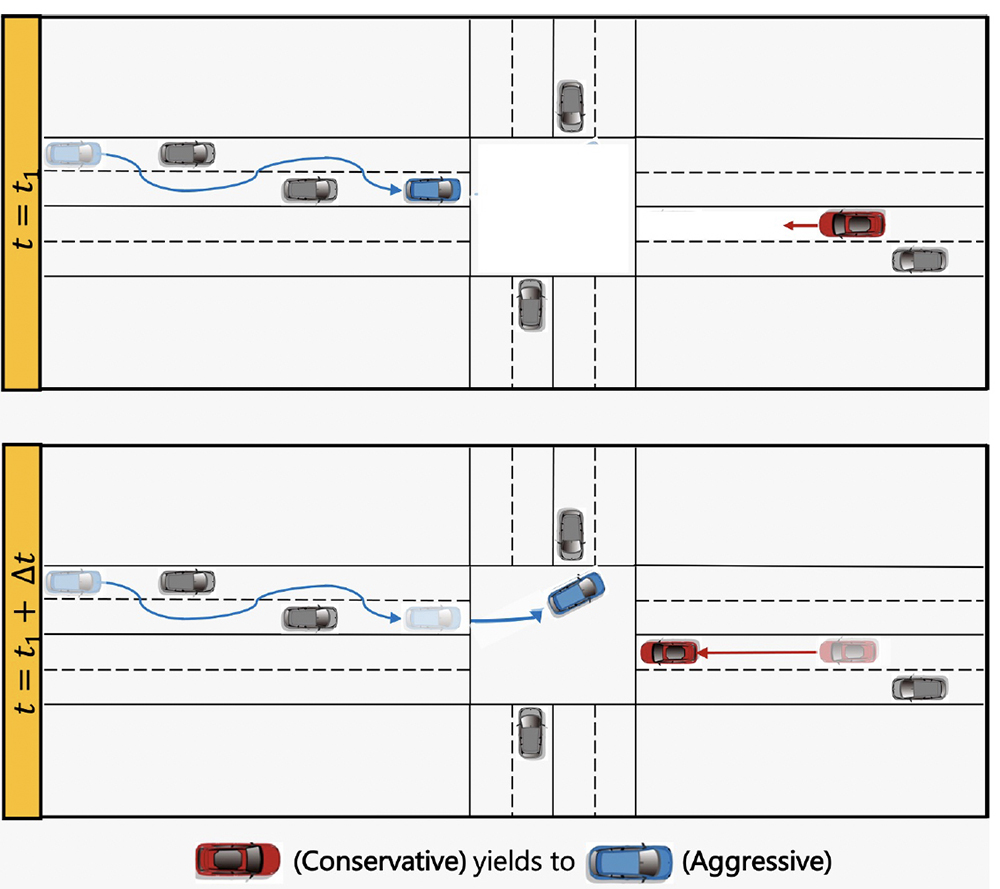News Story
A system theoretic approach to epidemic modeling
The evolution of the COVID-19 pandemic—its transmission, its ever-changing nature, and the world’s various responses to it—has led researchers to investigate better epidemic models for the future.
In Epidemic Population Games and Evolutionary Dynamics, Professor Nuno Martins (ECE/ISR), Professor Richard La (ECE/ISR), and ECE Ph.D. student Jair Certório propose a system theoretic approach to select and stabilize the endemic equilibrium of a susceptible-infectious-recovered-susceptible (SIRS) epidemic model in which the decisions of a population of strategically interacting agents determine the transmission rate.
The authors put forth a system theoretic methodology to model and regulate the endemic prevalence of infections for the case where the decisions of a population of strategically interacting agents determine the epidemic transmission rate. In their framework, the agents choose from a finite set of strategies that influence the transmission rate, and they can repeatedly revise their choices to benefit from the strategies’ net rewards (payoff) resulting from incentives after deducting the strategies’ intrinsic costs. An evolutionary dynamic model captures the agents’ preferences by quantifying the influence of the payoff on the rate with which agents adopt or abandon the strategies.
Central to the paradigm is an epidemic population game (EPG) formed by two dynamically coupled components: a modification of the standard SIRS model in which the transmission rate varies as a function of the strategies’ prevalences; and a dynamic payoff mechanism that generates the strategies’ incentives.
The main result is a dynamic payoff mechanism that—through incentives to the population—is guaranteed to steer epidemic variables to an endemic equilibrium characterized by the lowest prevalence of infections, subject to cost constraints. Using a Lyapunov function the authors constructed to prove convergence, they establish an anytime upper bound for the peak size of the population’s infectious portion.
Published March 8, 2022





